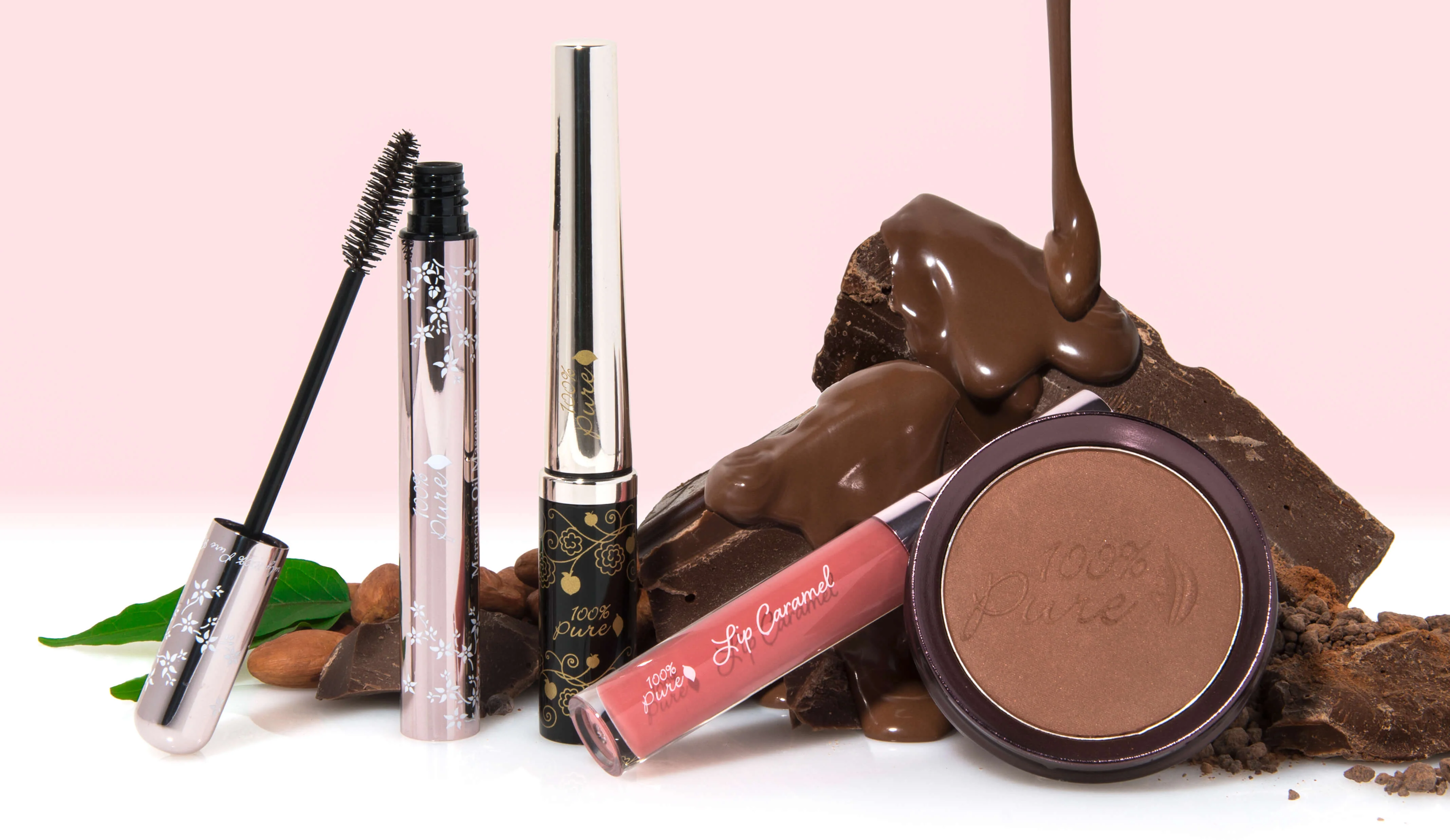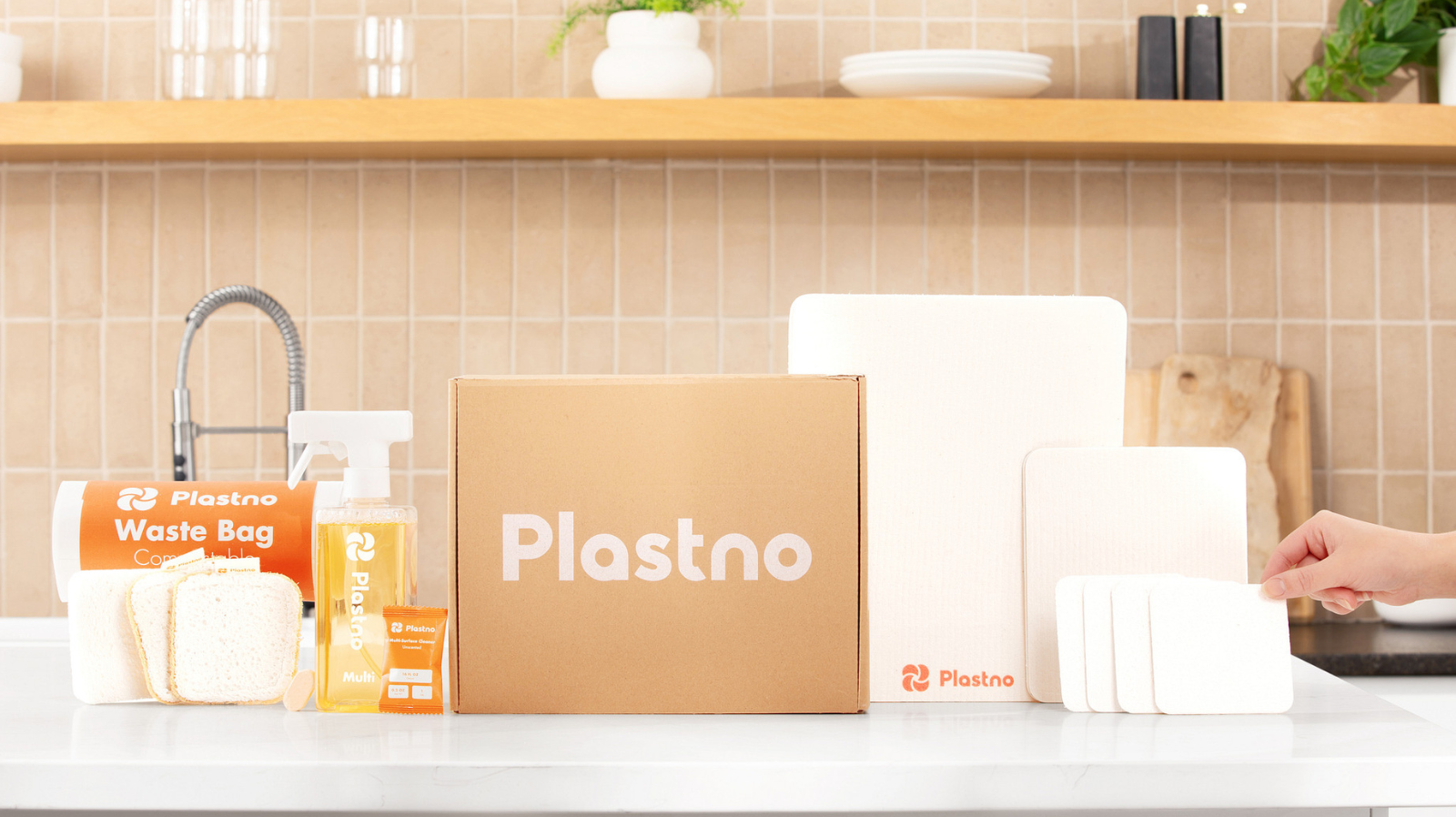Our Top Picks
Green Hive is reader-supported. When you purchase through links on our site, we may earn an affiliate commission. To understand our thorough approach to rating brands and products, explore our comprehensive methodology.
Our Top Picks
Green Hive is reader-supported. When you purchase through links on our site, we may earn an affiliate commission. To understand our thorough approach to rating brands and products, explore our comprehensive methodology.
Key takeaways
- Tritan plastic is a relatively new material that is quickly gaining popularity as a relatively safer alternative to traditional plastic.
- One of the biggest selling points of Tritan is the absence of BPA and other bisphenols.
- Tritan’s safety claims have been scrutinized and have been the subject of a lawsuit.
Introduction
In recent times, plastic materials have been getting a lot of flak, and rightly so. Traditional plastics pose a number of problems, from their manufacture to their usage and subsequent disposal. The detrimental impact of traditional plastics on our environment, wildlife, and even human health has sparked a global conversation on the urgent need for more sustainable alternatives.
One such alternative is Tritan plastic. Tritan is marketed as a BPA-free plastic that is durable, shatter-resistant, and easy to clean. While Tritan plastic is a relatively new material, it is quickly gaining popularity as a safe and better alternative to traditional plastics. In this article, we will discuss the benefits of using Tritan plastic, as well as its potential drawbacks.
What is Tritan Plastic?
Tritan plastic is a copolyester material manufactured by the Eastman Chemical Company. It is formed through the combination of diacids and diols, which are acids and chemicals added to the base plastic. These additions impart unique properties to Tritan, including strength, clarity, and resistance to heat and chemical degradation.

Tritan's notable attributes make it a preferred choice for various applications, particularly in the production of beverage and food storage containers. One of Tritan's standout features, as emphasized by Eastman, is its glass-like appearance and clarity while being exceptionally durable. It can withstand everyday wear and tear, including drops and impacts, making it suitable for activities like hiking and outdoor adventures.
Is Tritan Plastic Safe? A Holistic Look
This isn’t a straightforward yes or no question, even though it looks like one. There are several parts to material safety to simply label a material safe based on a handful of criteria. This section explores these aspects to paint a clearer picture of the safety of Tritan plastic.
The “Absence” of Endocrine Disrupting Chemicals
Endocrine-disrupting chemicals (EDCs) are substances that can interfere with the endocrine system, which is responsible for regulating hormones in the body. Some EDCs, such as estrogen-mimicking chemicals, act like "hormone mimics" and trick the human body into thinking that they are hormones, while other endocrine disruptors block natural hormones from doing their job. Bisphenols like BPA and BPS are prominent examples of these EDCs.
BPA can leach from plastics and harm human health. So, does Tritan leach EDCs? The short answer is no. Tritan was designed as a BPA-free alternative to polycarbonate plastics. Today, BPA-free plastics are, expectedly, now more preferred, and Tritan fits the bill.
Tritan is Durable
Another argument that tends to favor the adoption of Tritan is the fact that it is durable. Considering the scourge of single-use plastic, the idea of a durable plastic that could take a beating and still be usable is appealing. Tritan plastic is shatter-resistant, making it ideal for use in products that are likely to be dropped or bumped. The plastic is dishwasher safe up to 80°C. Thus, it isn’t unusual to find water bottles, food containers, and other plastic products made with Tritan.
The Tritan Controversies
For all of its purported good sides, Tritan has had some controversies surrounding it, too. One of the key controversies surrounding Tritan plastic is the conflicting research and legal battles between Eastman Chemical Company and researchers who claimed that Tritan leached synthetic estrogens.

The researchers who published the initial study had a conflict of interest as they were associated with companies selling BPA-free plastics. This conflict raised questions about the credibility of their findings. Eastman sued, and the legal battle further muddied the waters. While Eastman ultimately won the lawsuit, questions about the validity of their claims persisted. The lack of independent replication of the initial research adds uncertainty to whether Tritan truly lacks estrogenic and androgenic activity.
Limited Scope of Hormones Considered
Another issue is that Eastman's claims regarding Tritan's safety focus primarily on estrogenic and androgenic activities. While these are important hormones in the context of endocrine-disrupting chemicals (EDCs), they are not the only hormones that can be affected by EDCs. There are many other hormones involved in the endocrine system, and EDCs could potentially disrupt these hormones as well. Therefore, the assertion that Tritan is free of estrogenic and androgenic activity may not necessarily mean it is free from all chemicals that could potentially disrupt proper hormone function.
Tritan is Plastic
Discussions around Tritan are usually limited to its BPA-free status and talk about how chemical leaching is minimized in plastic containers made with Tritan. However, the fact that Tritan is still plastic tends to go under the radar. We never really ask whether Tritan is safe for our environment.

That it supposedly doesn't contain estrogenic chemicals and other dangerous chemicals doesn't suddenly change the fact that Tritan is still plastic. The environmental impact of Tritan is similar to other types of plastic materials since it doesn't biodegrade. While it may be argued that Tritan is recyclable and more durable, these qualities do not eliminate the long-term environmental concerns associated with plastic waste. Tritan, like other plastics, can persist in the environment for hundreds of years, contributing to litter, landfill buildup, and the growing issue of plastic pollution in our oceans and ecosystems.
While recycling can help mitigate some of these concerns, the effectiveness of recycling programs varies widely by region, and not all Tritan products may be easily recyclable. Additionally, the recycling process itself requires energy and resources. Therefore, even though Tritan offers certain advantages over some plastics, it remains essential for consumers and manufacturers to consider the broader environmental impact of plastic use and explore alternative materials and sustainable practices to reduce plastic waste in the first place.
Are there Better Alternatives to Tritan?
Yes, there are alternative materials to Tritan plastic that are considered more environmentally friendly and safe for food storage. Forget the exceptional dishwasher durability of Tritan for a moment; it’s better to avoid plastic. You can do this by considering plastic-free alternatives like glass containers, particularly those that are tempered or heat-resistant. They are considered a safe and eco-friendly choice for food storage. Glass does not leach chemicals into food, is easy to clean, and can be reused many times. It is also a material that is readily recyclable.

Silicone bags are another type of reusable alternative to plastic wraps and bags. They don’t cause microplastic pollution. Also, they are food-safe, heat-resistant, and do not contain harmful chemicals. Further, stainless steel containers are easy-to-clean, durable, and non-reactive materials for food storage. Beeswax and vegan food wraps are also eco-friendly alternatives to plastic wraps. They are reusable, food-safe, and made from natural materials.
FAQs
Is Tritan a safe plastic?
Tritan is a safe plastic for use in food applications as regulatory agencies like the FDA, EFSA, and Health Canada have approved Tritan plastic for food contact applications, which suggests that it meets their safety standards for such uses. Despite this approval, there have been ongoing debates, and concerns raised about Tritan's safety, particularly in relation to endocrine disruption and potential health risks. As such, while regulatory approval is a significant factor, it's essential to consider the evolving body of research and exercise caution, particularly if specific health concerns are involved.
What is Tritan plastic?
Tritan is a brand name for a type of copolyester plastic developed and manufactured by the Eastman Chemical Company. It is known for its clarity, durability, and resistance to a wide range of chemicals and temperatures. Tritan plastic is used in a variety of applications, including food and beverage containers, kitchenware, baby bottles, and medical devices.

Tritan plastic has gained attention as a potential alternative to certain types of plastic materials that may contain bisphenols, such as BPA (Bisphenol A) and BPS (Bisphenol S), which have raised health concerns due to their potential endocrine-disrupting properties. Tritan is often marketed as a safer and more environmentally friendly option for consumers seeking alternatives to traditional plastics. However, its safety and environmental impact continue to be subjects of debate and research.
What are the disadvantages of Tritan?
The disadvantages of Tritan include its non-biodegradable nature, raising concerns about its environmental impact as it can persist in the environment for a long time. Tritan's safety has also been a subject of debate, with limited long-term research on its potential endocrine-disrupting properties, leading to caution in its use. Tritan products may also be relatively expensive compared to items made from other plastics, making them less budget-friendly. Finally, Tritan's heat resistance has limits, and it may deform or warp when exposed to high temperatures, limiting its usability in certain applications.
Is Tritan safe for boiling water?
No, Tritan plastic is not safe for boiling water. Tritan has a temperature limit of 96 degrees Celsius (205 degrees Fahrenheit). Boiling water is 100 degrees Celsius (212 degrees Fahrenheit), so it would exceed the temperature limit of Tritan plastic. If you put boiling water in a Tritan plastic container, the container could warp, deform, or even melt. This could release harmful chemicals into the water, and it could also make the container unsafe to use.
It is important to note that Tritan plastic is still a safe material for use with food and beverages, but it is important to use it within its temperature limits. If you need to boil water, it is best to use a container made of a material that is safe for high temperatures, such as stainless steel or glass.
Can you microwave Tritan?
Yes, you can microwave Tritan plastic, but it is important to do so carefully. Always refer to the manufacturer's guidelines and instructions for the specific Tritan product you intend to use in the microwave. Manufacturers may provide specific recommendations for safe microwave use. Also, if your Tritan container has a lid, ensure that the lid is also microwave-safe. Not all lids are designed for microwave use, and using an incompatible lid can lead to warping or damage.
Is Tritan FDA-approved?
Yes, Tritan plastic has received approval from the U.S. Food and Drug Administration (FDA) for use in food contact applications. The FDA has evaluated Tritan and determined that it meets its safety standards for materials that come into contact with food. This approval signifies that Tritan plastic is considered safe for use in products such as food and beverage containers, kitchenware, and other items that may come into direct contact with food. It's important to note that Tritan's FDA approval pertains to its use in contact with food, and it does not necessarily address other aspects of its safety or environmental impact.
What is the difference between Tritan and plastic?
The main difference between Tritan and plastic is that Tritan is a specific type of plastic known as a copolyester. While Tritan is a type of plastic, the term "plastic" is a broader category that includes a wide range of synthetic materials made from polymers. Tritan has distinct properties, such as optical clarity and safety features, that set it apart from other plastics. Tritan is known for its durability and resistance to breakage, making it suitable for items that require strength and longevity. Conversely, plastic materials can vary in terms of durability, with some being more brittle and prone to breakage while others are designed to withstand specific environmental conditions.
Conclusions
In conclusion, Tritan plastic represents a notable departure from traditional plastics due to its freedom from harmful compounds like BPA and other bisphenols. This distinction has made Tritan a popular choice for those seeking safer alternatives for food and beverage containers, with its optical clarity and durability also adding to its appeal. However, it is essential to remember that despite these advantages, Tritan remains fundamentally a plastic derived from non-renewable resources.
While Tritan may be a safer and more durable option, it does not address the broader concerns associated with the environmental impact of plastics. It is not biodegradable and, like many traditional plastics, can persist in the environment for extended periods, contributing to plastic pollution. As such, Tritan is not a truly eco-friendly material in the real sense of the term.
As consumers and manufacturers continue to seek alternatives to traditional plastics, it is crucial to consider both the advantages and limitations of Tritan and explore more sustainable materials and practices to reduce the overall environmental footprint associated with plastic use. Admittedly, Tritan may offer specific benefits. However, it should be seen as part of a larger conversation about the responsible and sustainable use of materials in our daily lives.
Bittner, G. D., Yang, C., & Stoner, M. W. (2014). Estrogenic chemicals often leach from BPA-free plastic products that are replacements for BPA-containing polycarbonate products. Environmental Health, 13(1). https://doi.org/10.1186/1476-069x-13-41
Hamilton, J. (2015, February 16). Beyond BPA: Court Battle Reveals A Shift In Debate Over Plastic Safety. NPR. https://www.npr.org/sections/health-shots/2015/02/16/385747786/beyond-bpa-court-battle-reveals-a-shift-in-debate-over-plastic-safety#
Society, E. (2022). Endocrine-Disrupting Chemicals (EDCs). Endocrine Society. https://www.endocrine.org/patient-engagement/endocrine-library/edcs
Tritan bottles and what you should know about them. (n.d.). Boddels. https://www.boddels.de/en/blog/lifestyle/facts-about-tritan-1
Wikipedia contributors. (2023). Copolyester. Wikipedia. https://en.wikipedia.org/wiki/Copolyester#

.png)


.webp)


.png)
.png)



.svg)
